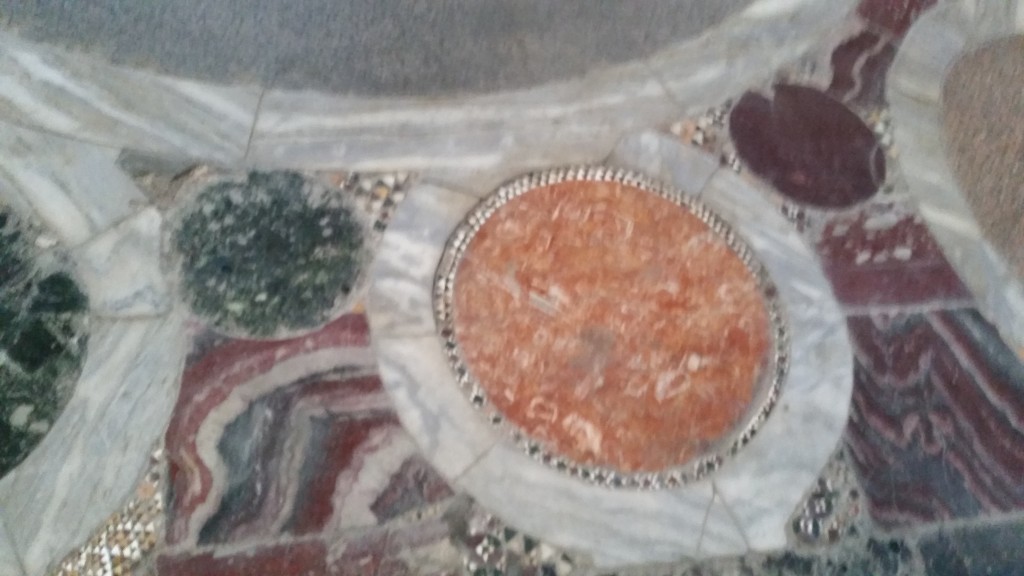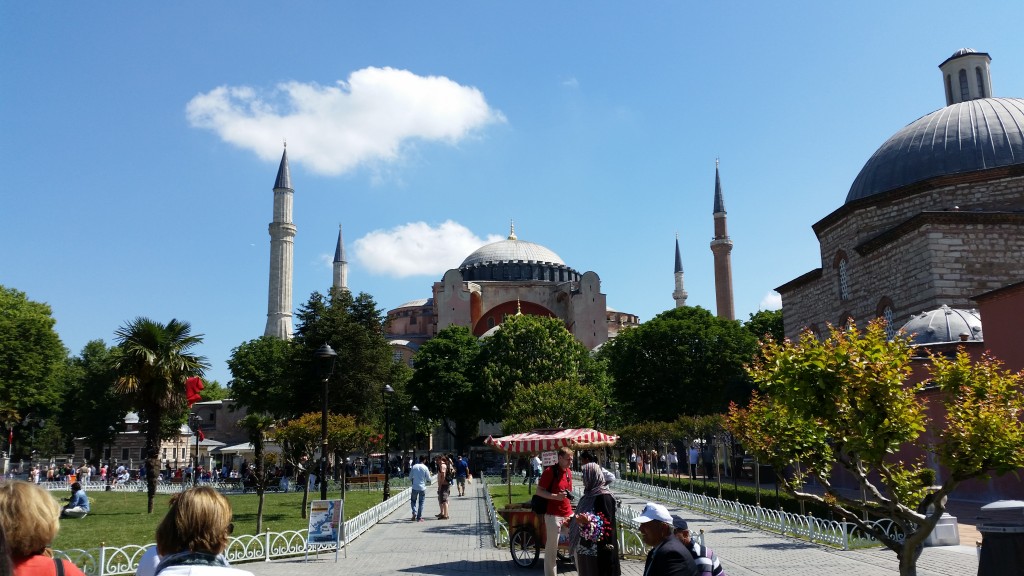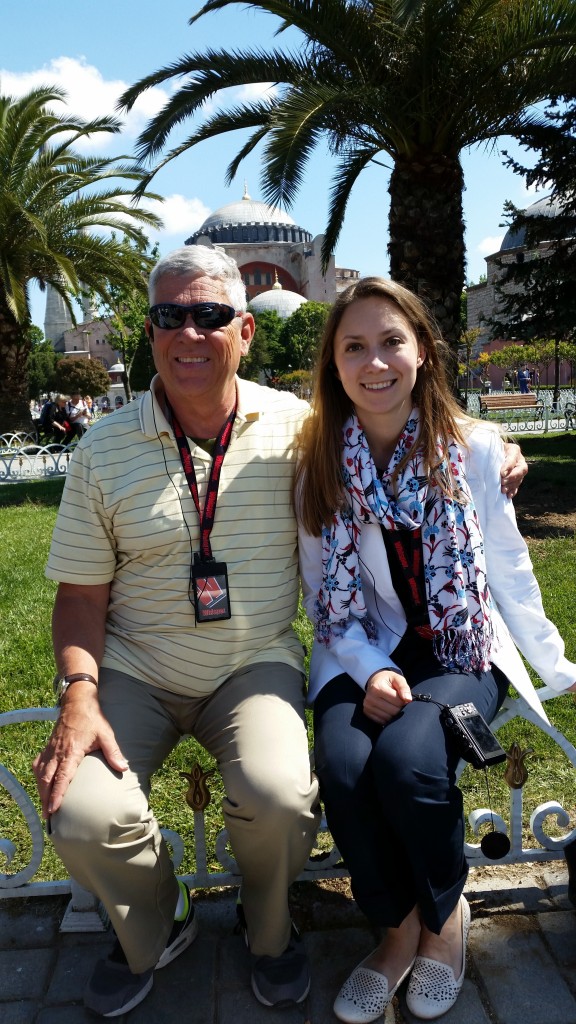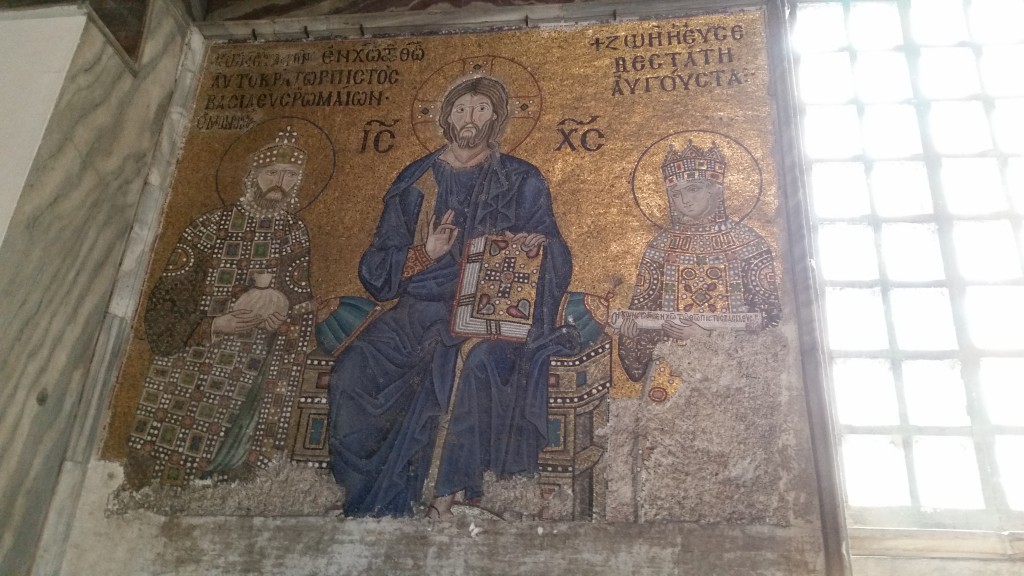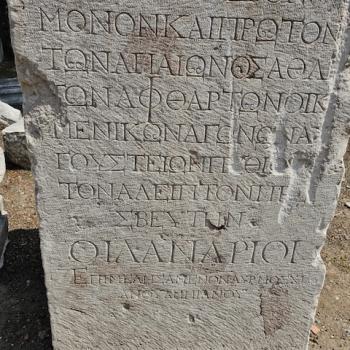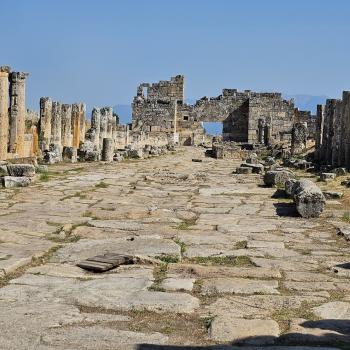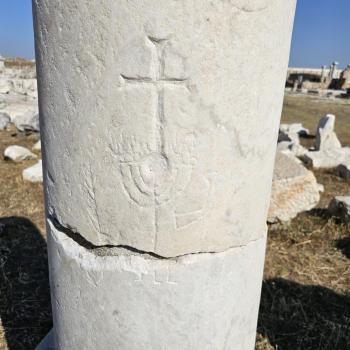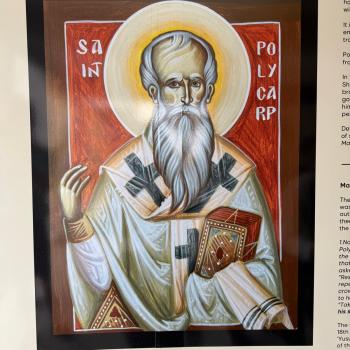Hagia Sophia remains one of the most amazing buildings in the world, and in its day it was an unparalleled building in terms of the amount of open domed space without columns in the center of the building. Here it is, with its later minarets still showing, from across the way near the Blue Mosque, a nice spot for a family shot.
It was Constantine who built the original Hagia Sophia on the site of a former temple of Venus. It was damaged in an earthquake in the sixth century and rebuilt by the emperor Justinian, largely in its present form, though there have been regular additions and subtractions through the years. After the Ottoman conquest of Constantinople in 1453 it was converted into a mosque, the mosaics and images of Christ and Mary etc. were covered up since Muslims forbid images in their worship spaces, and minarets were added. The name, “Hagia Sophia,” means “Holy Wisdom” – it is not dedicated to St. Sophia but to Jesus Christ in his persona as the divine wisdom (see Proverbs 3,8,9, John 1, Col. 1 etc. and my book Jesus the Sage and the Pilgrimage of Wisdom).
Over the doorway one sees the patrons who were responsible for building this church dedicating it to Mary and her Son. Notice please the use of nomena sacra— the abbreviations of the Greek names of God, and Mary, so in this case MP THV or mother of God (mater theou).
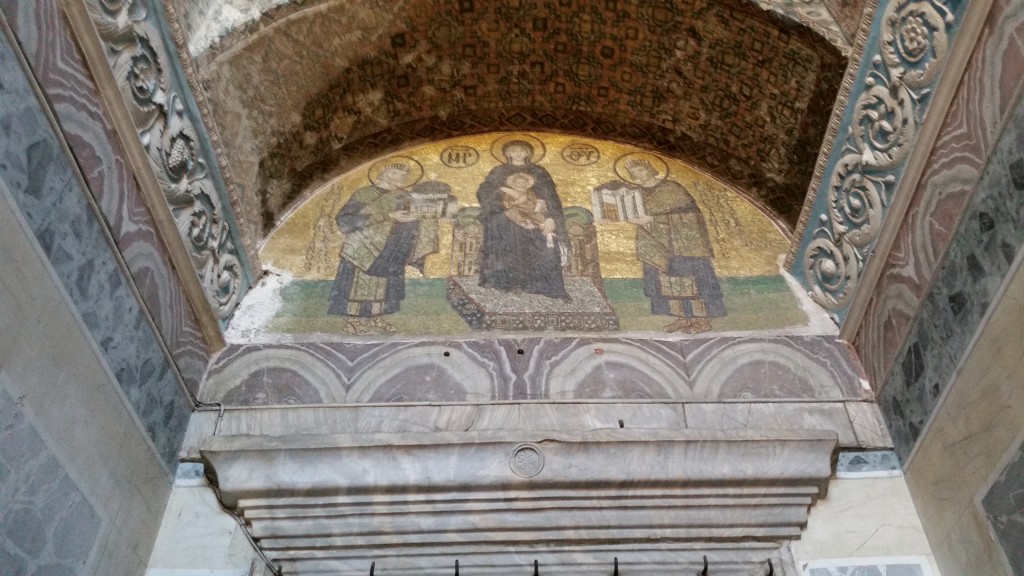
Some of the most famous Christian mosaics in the world are found in this church, for instance the following in the upstairs gallery. The first depicts Jesus flanked by Mary and John the Baptist– notice the nomena sacra again this time note what looks like IC XC, the capital abbreviation in Greek for Insous Christos, Jesus Christ. This is followed by mosaics with the famous rulers and their wives (such as Theodosius, Justinian) with Christ.
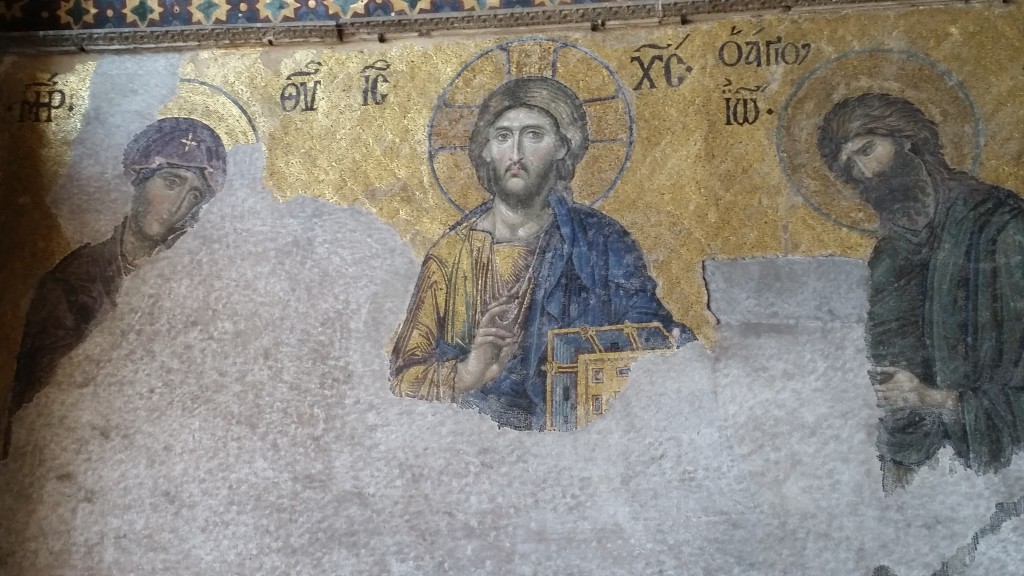
The most important of these is the picture of Constantine with Queen Helena, and Mary and Jesus.
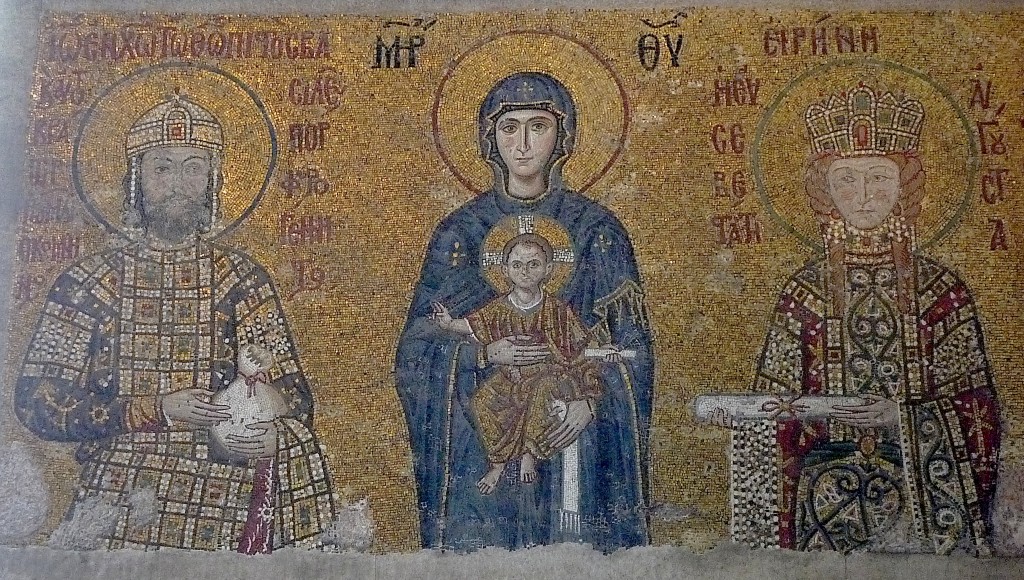
The central nave is awe-inspiring. Notice the Muslim shrine just to the east of the center of the nave, as it is facing south east towards Mecca, whereas the high altar would have been facing east towards Jerusalem.
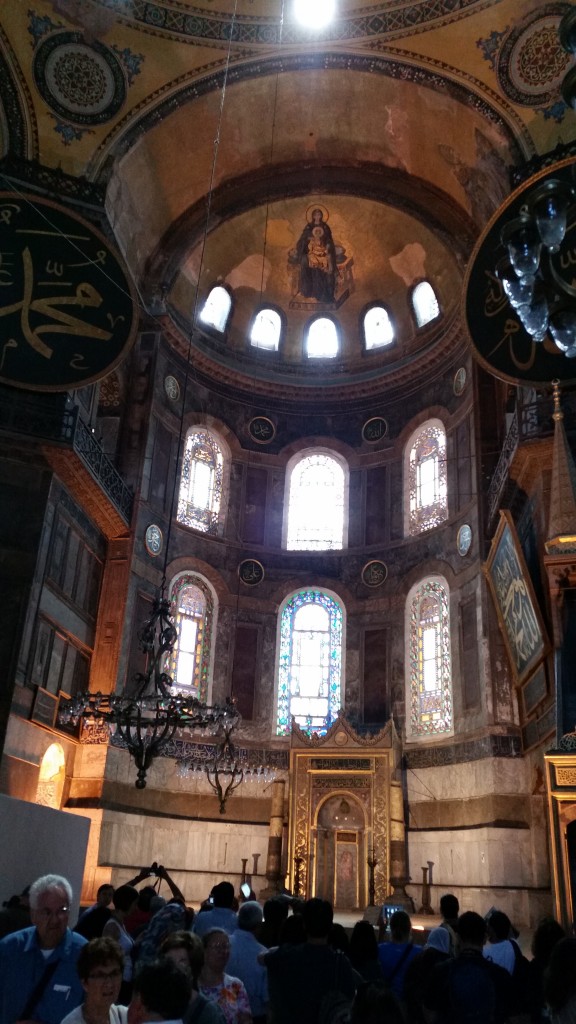
The domes themselves are worth a close study, and much of the restoration work has to do with the delicate task of removing the plaster over the mosaics without destroying the mosaics. What has been uncovered are images of among other things, the six winged angels of Isaiah 6, or the angel with the human face in Ezek. 1/Rev.4.
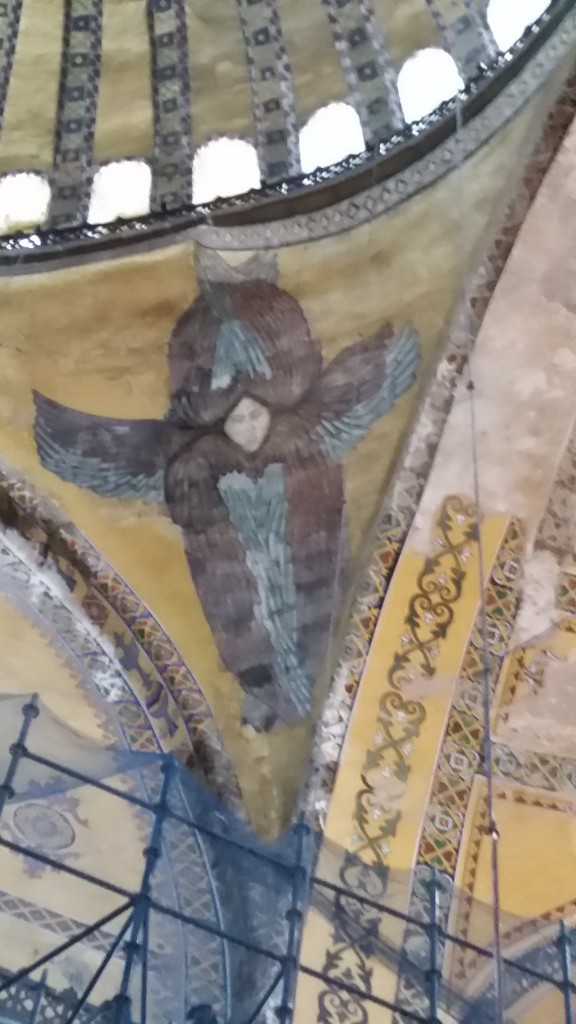
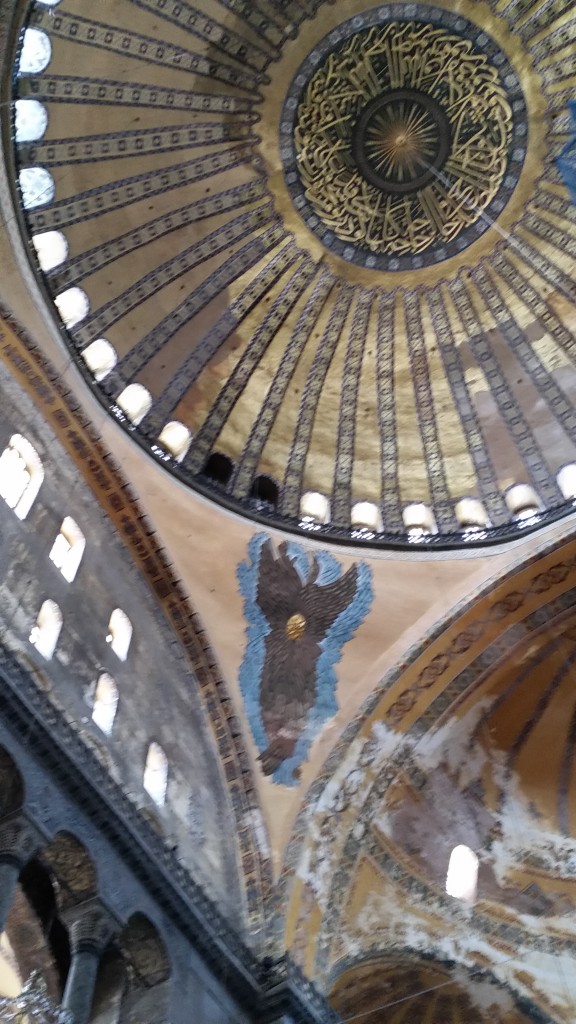
The work here is politically tricky. This is no longer a mosque, but removing all the Muslim symbols will cause an uproar, so the restoration involves compromises. Some Muslim symbols are left in place.
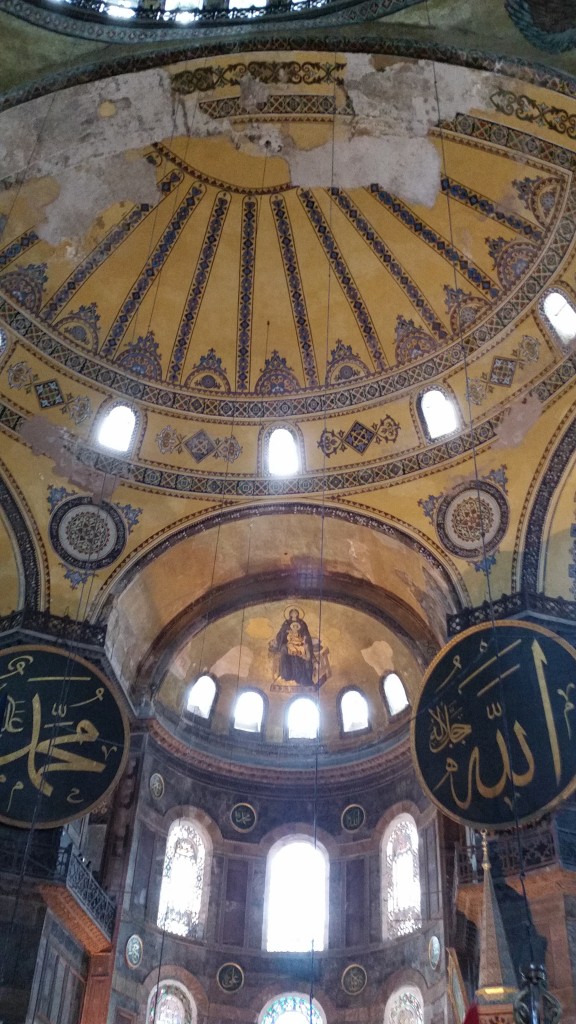
Christian symbols are juxtaposed right next to Muslim ones, in an uneasy alliance.
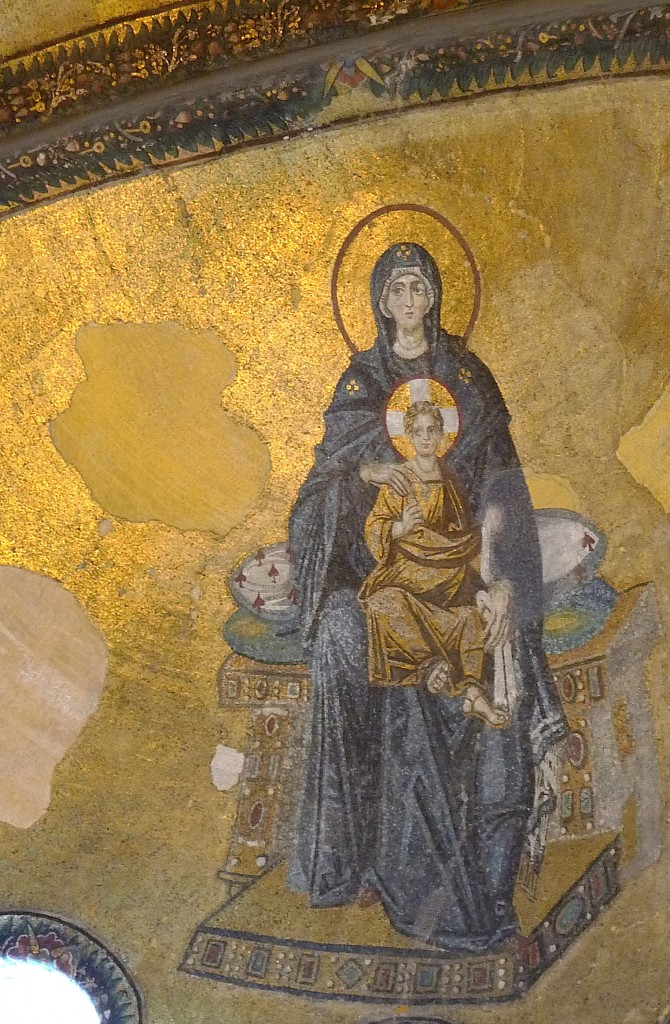
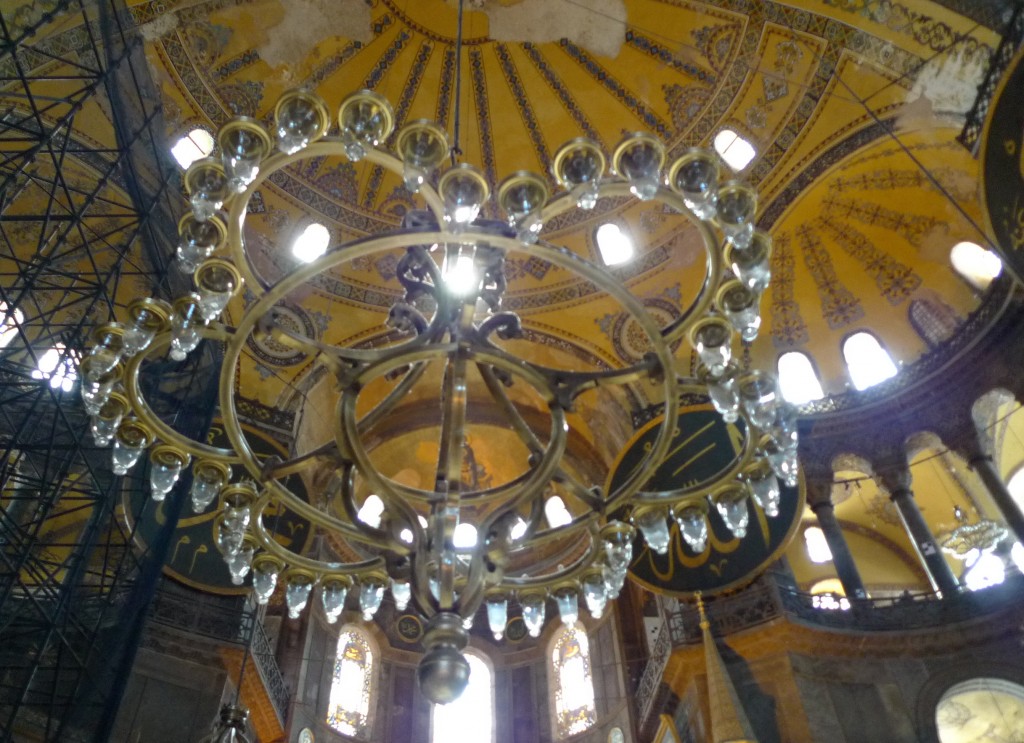
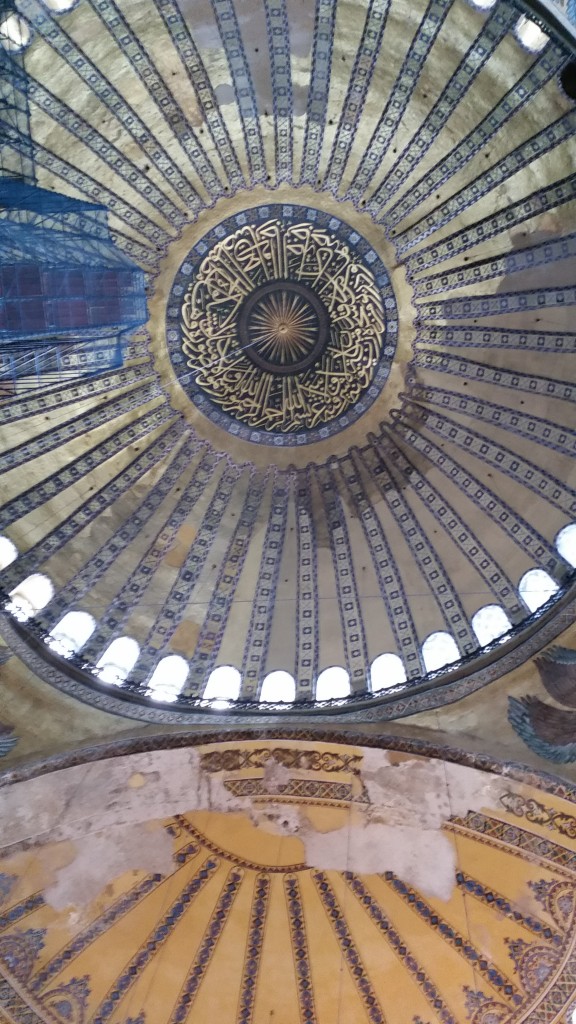
And finally churches, when there was a Christian Empire, were where monarchs were crowned, including here in Hagia Sophia where an Emperor like Justinian would have been crowned.
